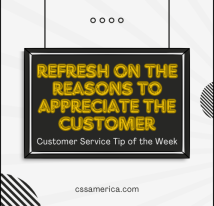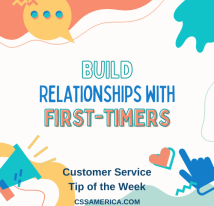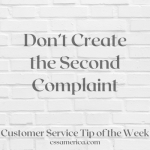
According to Dictionary.com, “responsiveness” in machinery terms is defined as “the ability of a machine or system to adjust quickly to suddenly altered external conditions, as of speed, load, or temperature, and to resume stable operation without undue delay.”
People are not machines, but it’s interesting how closely this “system” definition of responsiveness relates to our people definition.
When we are considered responsive, it is usually characterizing our quick reaction to something brought to us – a customer’s need, a co-worker’s issue, an e-mail, or a phone call.
The other person needs the response or the answer so they can move on. They can go to their next action, continue with the project, know what to do next, or have resolution so they no longer have to deal with an issue. The key in responsiveness is that this response of ours has to be “quick.” But “quick” is defined differently by different people. The definition could be “without undue delay,” but what is “undue delay?”
The busier I get and the more I rely on others as partners in accomplishing goals, the more I value responsiveness. Responsiveness is that which keeps us moving. To many, it’s that which shows we care. It’s that which ensures that the other person’s time isn’t wasted and their anxiety isn’t heighted by delay.
To me, quick is an acknowledgement of the e-mail or voice mail within 6 business hours. When it’s an urgent request, quick is defined more aggressively.
Talk to those you serve and work with in business. Understand what’s important to them and how they define “undue delay.” Learn their timing expectations so you can better be responsive to the needs of others.
Define Quick, Then Keep Things Moving.
Signup for FREE Tips! Contact Us More Resources for You Visit Our Home Page























